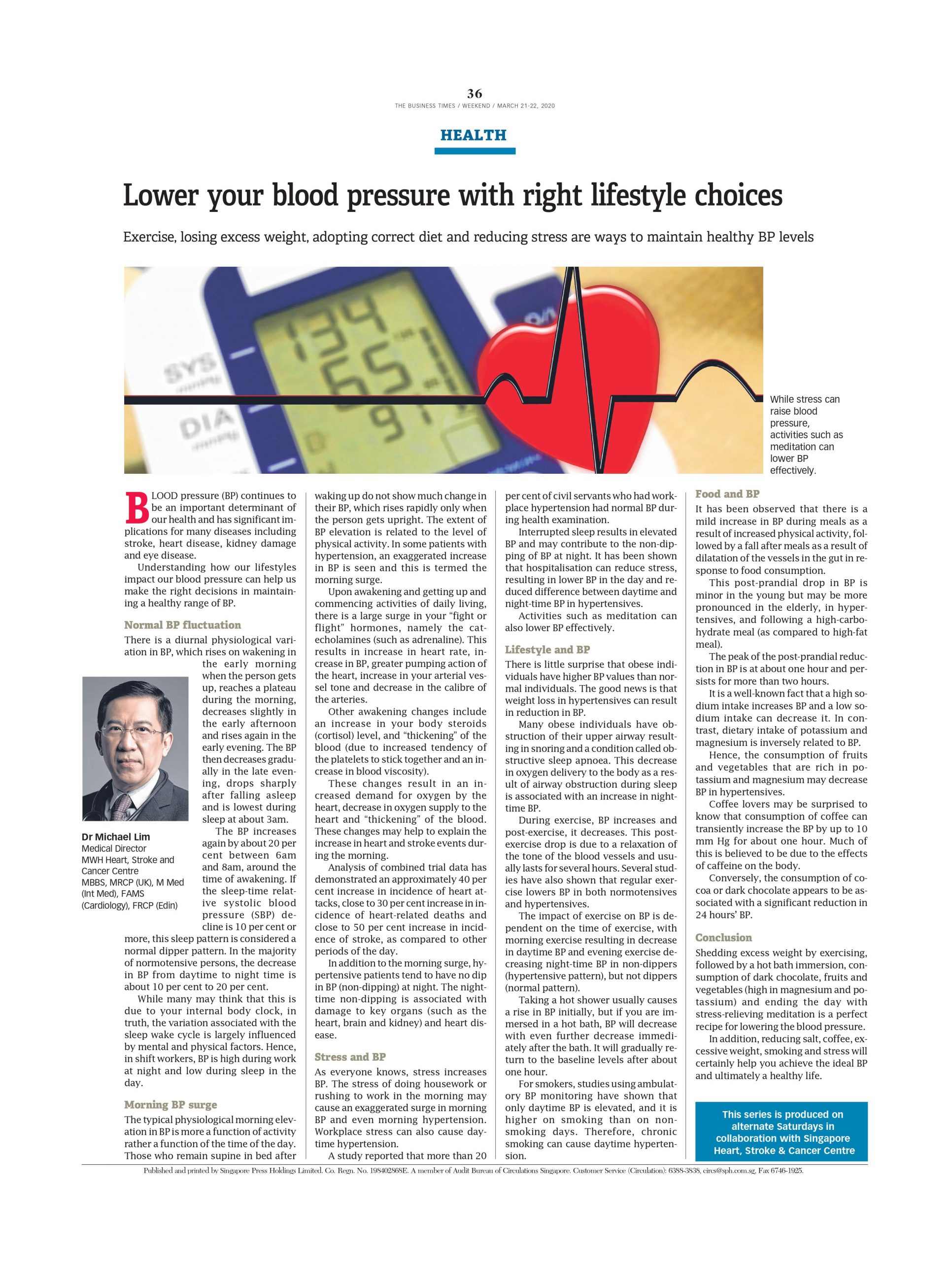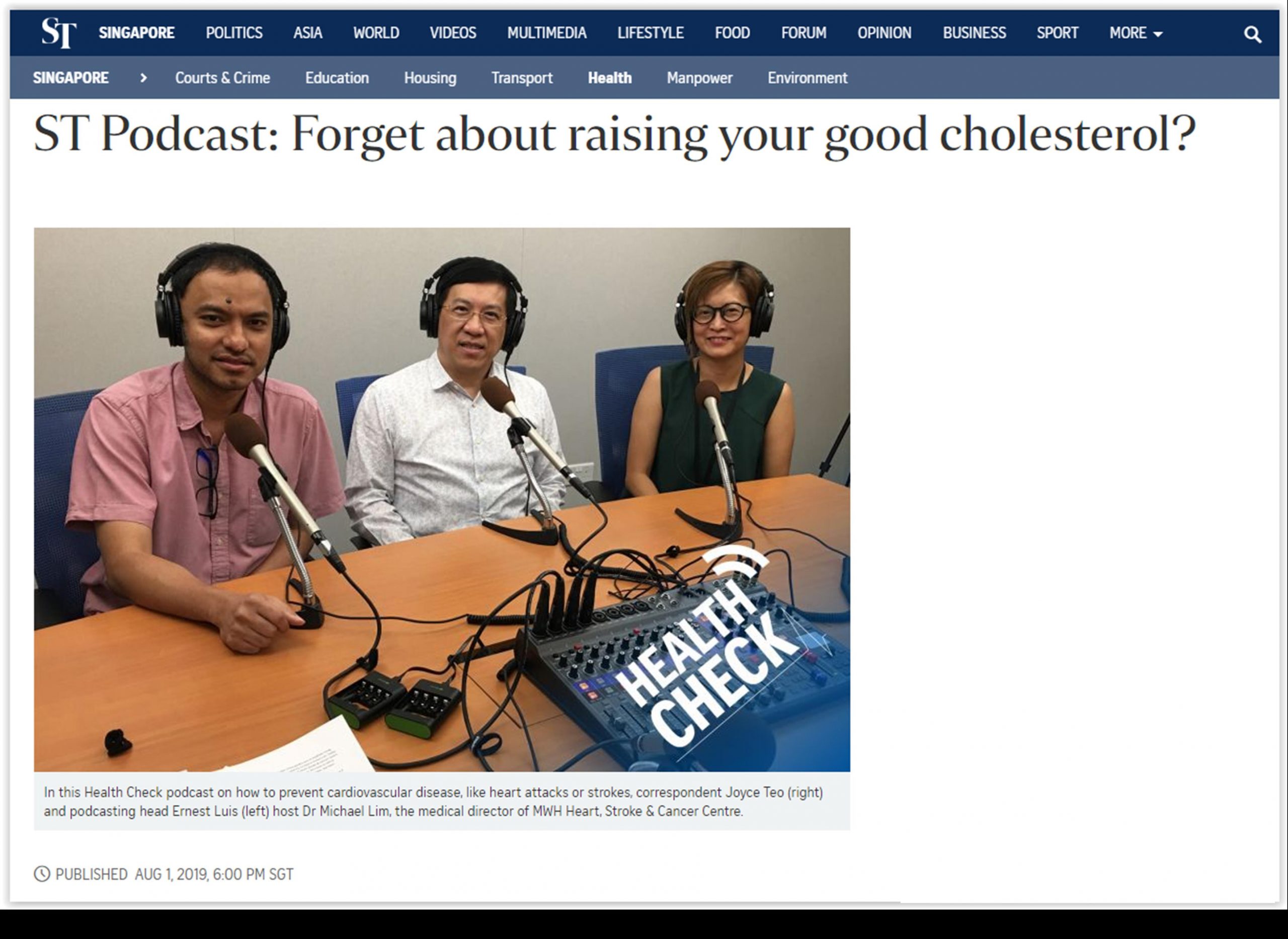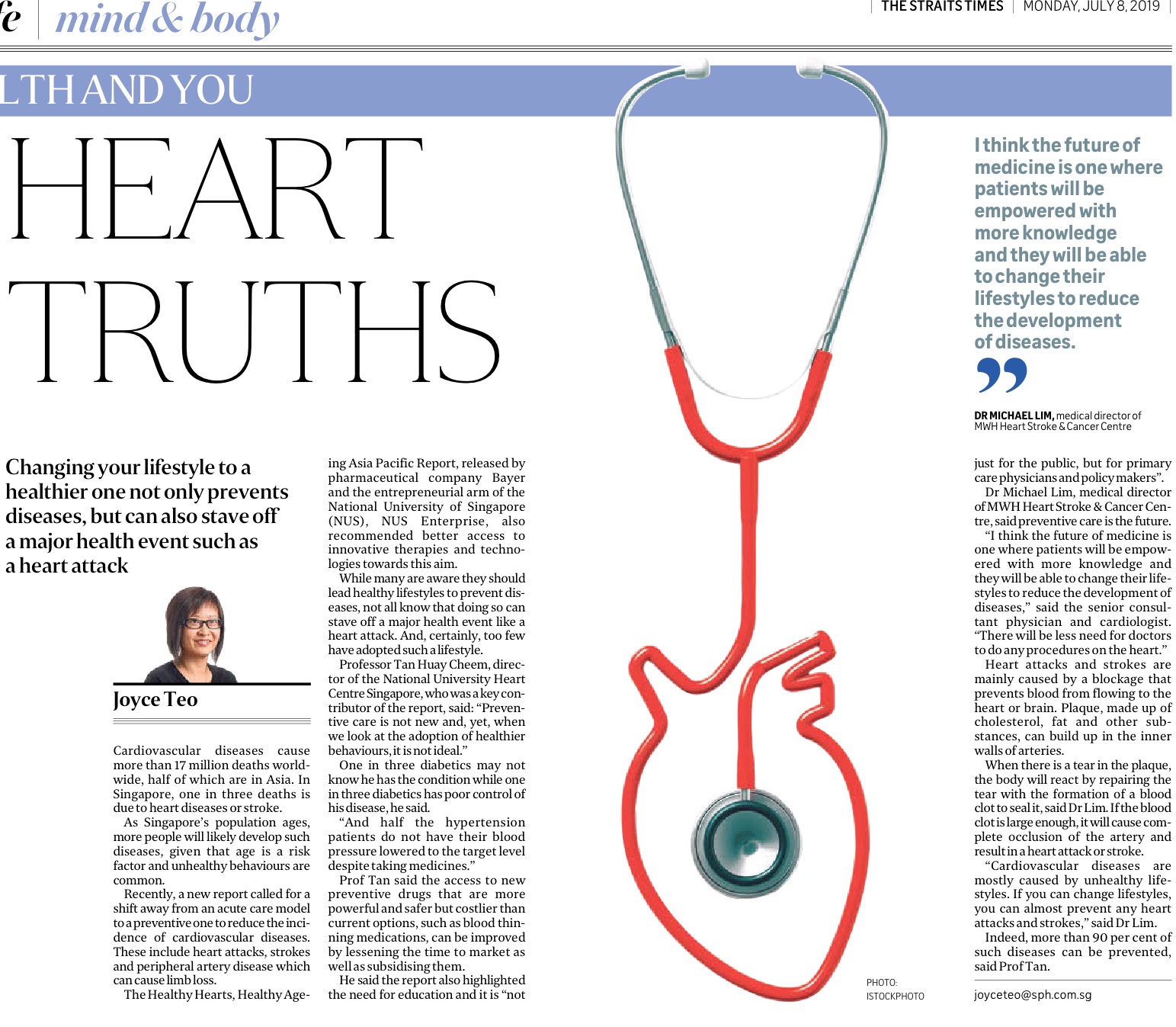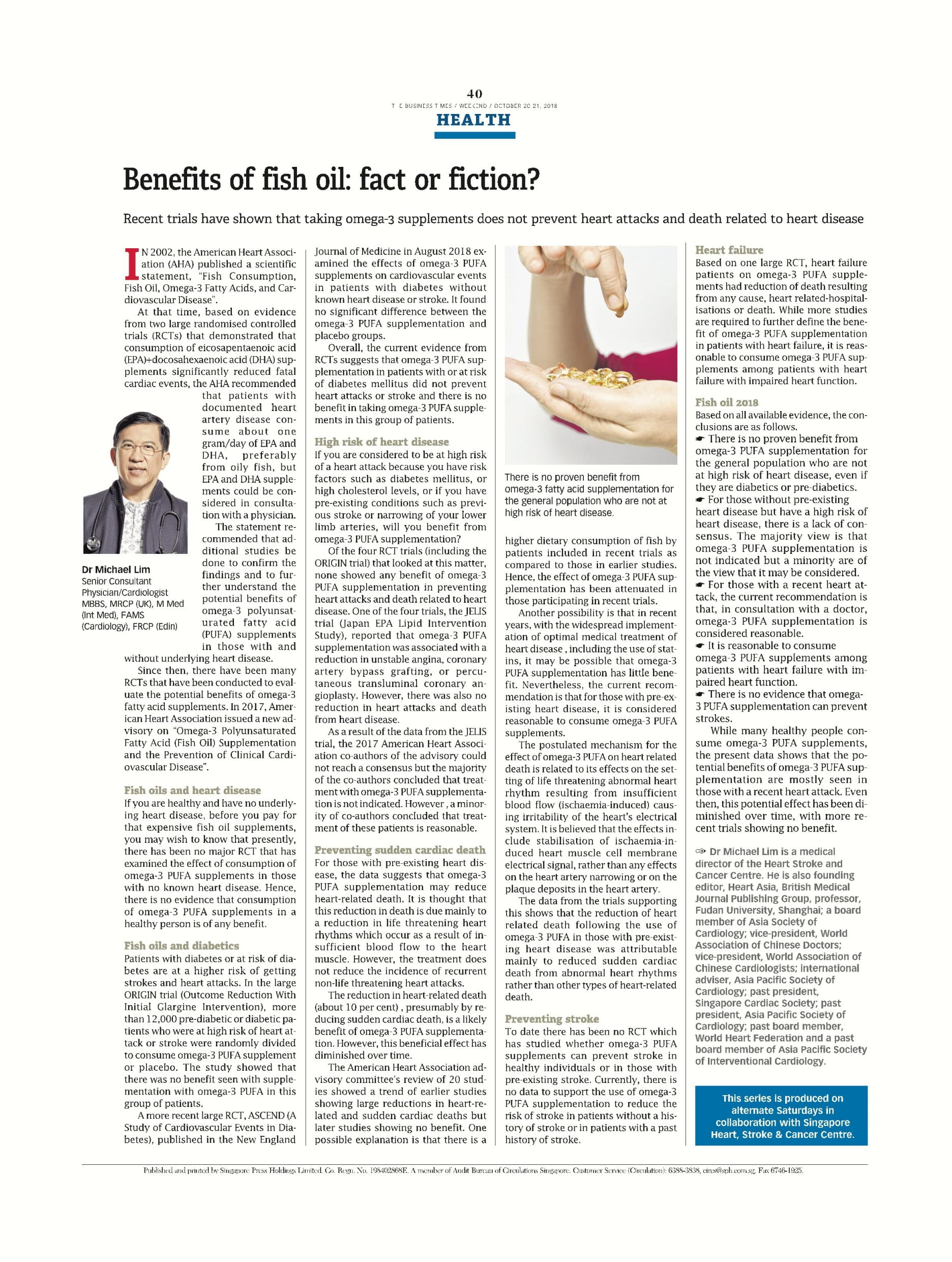FROM 1960 till 2020, there has been a 28-fold increase in the number of centenarians. The path to longevity is strewn with false promises of expensive elixirs, exotic supplements, and stem cell rejuvenation. Human longevity is a complex interplay between the genes, the environment and lifestyle.
Genes and longevity
The study of human longevity genes is a developing science. Scientists estimate that between 15 and 30 per cent of the variation in human life span is determined by genes, but it is not clearly understood which genes are relevant, and how they contribute to longevity. In 2015, Ancestry, a genealogy and genetics company, partnered Calico, a Google spinoff, to study data from more than 54 million families and their family trees representing six billion ancestors, and were able to tease out a set of pedigrees that included over 400 million people. These individuals were connected to one another by either a parent-child or a spouse-spouse relationship.
In 2018, they published their results in Genetics, a journal of the Genetics Society of America. The study found that the lifespan of spouses were more similar and better correlated than in siblings of opposite gender. The study concluded that life span heritability is likely 7 per cent or less, and hence the contribution of genes to longevity is even lower.
Although genes seem to have only a small influence on lifespan, they appear to play a larger role in centenarians. Hence, there are a few genetic
factors that do give you a headstart in the journey to longevity. Being a first-degree relative of a centenarian makes it more likely for you to remain healthy longer and to live to an older age than your peers. First-degree relatives are less likely at age 70 years to have the age-related diseases that are common among older adults.
Women generally live longer than men, and the number of female centenarians is more than fourfold higher than that of male centenarians. It is
thought that this is due to a combination of social and biological factors. Studies on mammals and Korean eunuchs have shown that the removal of
testosterone at a young age was correlated with an increase in lifespan. Genetic studies show that centenarians have a lower genetic risk of having
heart disease, stroke, high blood pressure, high cholesterol, Alzheimer’s disease and decreased bone mineral density.
A study on Chinese centenarians published in 2013 showed that 55 per cent have normal systolic blood pressure, 82 per cent had normal diastolic blood pressure and less than 20 per cent were on long term medication. Hence, centenarians appear to have genes that reduce that risk of age-related chronic illnesses.
Biological clock
Epigenetics is the study of changes in organisms caused by modification of gene expression rather than alteration of the genetic code itself. One of the major mechanisms in which epigenetics manifest itself is by the process of DNA methylation, which involves the chemical modification of the DNA, thereby modifying the gene function and expression. Through this process, certain genes can be silenced or activated and potentially impact age-related diseases such as cancer, osteoarthritis, and neurodegeneration.
The biological or epigenetic lock in centenarians show a decrease in DNA methylation age, indicating that they are biologically younger than their chronological age. There is also data to suggest that although circadian rhythms deteriorate during ageing, they seem to be well preserved in centenarians, including preserved sleep quality.
Environment and longevity
Environmental factors have a large impact on longevity. Better living environment, clean food, clean water, good sanitation, reduction of infectious diseases, and access to better healthcare have resulted in significant improvement in human longevity. Using Italy as an example of the impact of a better living environment, the average life expectancy went up from 29 years in 1861 to 84 years in 2020.
The number of centenarians in Italy increased from 165 in 1951 to more than 15,000 in 2011, and the incidence of deaths occurring in those less than 60 years of age, decreased from 74 per cent in 1872 to less than 10 per cent in 2011. The continuous increase in lifespan in recent decades is mainly due to the advances in medical science. It is estimated that medical advances have allowed an increase in lifespan of five years in the last two decades and additional two years in the last decade.
When comparing two countries at different stages of development in 1950, the average life expectancy increase of 11 years from 68 years in 1950 to 79 years in 2020 in the USA, which was more developed in 1950, was much less remarkable than the increase of 3114 years in average life expectancy from 43 years in 1950 to 77 years in 2020 in China, which was less developed in 1950. The significant improvement in the living environment in China has contributed to the narrowing in the average life expectancy between those living in the US and China.
Lifestyle and longevity
In addition to environmental factors, lifestyle factors have an important impact on longevity. A study of more than 300,000 individuals over 7.5 years showed that individuals with social relationships have more than 50 per cent greater probability of survival compared with those with few and poor social interactions. A study on centenarians in Utah in the US between 2008 and 2015 suggested that sleep, life satisfaction and social attachment were significant predictors of days lived. There is an extricable linkage between lifestyle and socioeconomic status. The term socioeconomic status as used in longevity studies encompass all the factors that can impact longevity including wealth, geography, education, occupation, ethnicity, cultural environment, neighbourhood environment, quality of healthcare and quality of diet. It is well established that the socioeconomic status of an individual will have a major impact on health and longevity.
A study on more than 120, 000 individuals by researchers from Harvard, published in the Circulation journal in April 2018, identified five low-risk lifestyle factors for increased life expectancy. They were: no smoking, non-obese ( body mass index of 18.5 to 24.9 kg/m2), exercise (at least 30 minutes per day of moderate to vigorous physical activity, including brisk walking), low-risk alcohol consumption (5 to 15 gm/day for women and 5 to 30 gm/day for men), and a high score for healthy diet.
In this study, the projected life expectancy at age 50 years was on average 14.0 years longer among female Americans with five low-risk factors
compared with those with zero low risk factors; for men, the difference was 12.2 years. These findings are consistent with a study on Chinese centenarians in which less than 20 per cent were smokers and less than 40 per cent drank alcohol. Hence, in general, most centenarians do not smoke, do not drink alcohol or are low-risk alcohol drinkers, are sociable, friendly, cope well with stress, are satisfied with life, have healthy diets and sleep well. In summary, the main drivers of longevity in the first eight decades of life are the socioeconomic environment and lifestyle choices.
Beyond the eighties, the inheritance of genes that defer age-related chronic diseases and a younger biological clock will help to propel these individuals beyond a hundred years.





